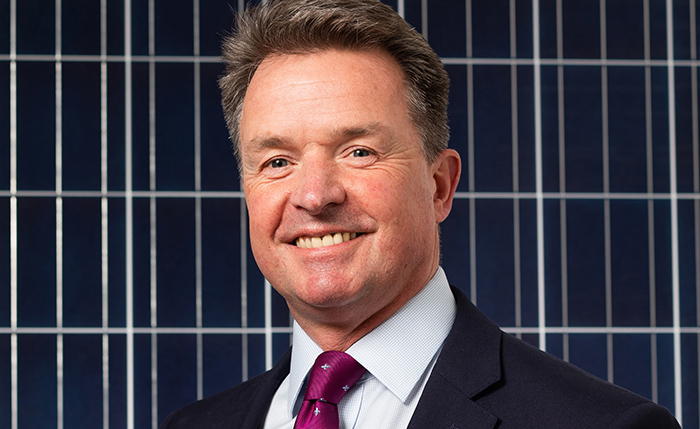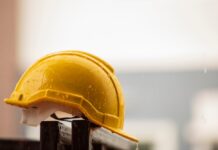
By John Forster, chair and founder, Forster Group
Spain’s power grid failed this week. Portugal’s went down soon after. What could have been mistaken for a cyber-attack or a freak technical glitch was, in fact, neither. It was a failure of infrastructure planning. And for anyone involved in the delivery of Scotland’s built environment – especially energy and utilities – it should ring loud alarm bells.
The crisis was triggered by a sudden loss of renewable generation – mostly solar – without sufficient backup storage to maintain grid frequency. It wasn’t a weather event, and it wasn’t sabotage. It was an engineering failure: a lack of grid inertia, of responsiveness and of preparedness.
I’ve spent over three decades in the construction-linked renewable sector, integrating solar, roofing and battery solutions at scale. From where I sit, this was an entirely predictable event – and it’s exactly the kind of risk the UK must now take seriously as we build out a net-zero future.
At present, we are phasing out traditional energy sources like nuclear and gas, while ramping up intermittent renewables. But too little attention is being given to what fills the gaps when those renewables drop out.
Scotland has been heavily focused on wind — an area where we excel globally. But we’ve underinvested in solar and significantly overlooked the infrastructure needed to store that power and use it when demand peaks.
That’s not just a national policy issue — it’s a planning, construction and delivery challenge. And one that developers, councils and infrastructure teams need to address together.
Two key solutions are available right now:
- Battery storage – deployable at multiple scales, with near-instantaneous response times. We’re already seeing demand for rooftop solar-plus-battery systems from agricultural and commercial clients, looking to secure their own energy resilience while generating high returns through power export.
- Pumped hydro storage – the gold standard in seasonal storage. Scotland is home to nine of the UK’s 11 planned pumped hydro projects, including major proposals at Ben Cruachan and Loch Ness. These systems store energy by pumping water uphill during periods of excess supply, then releasing it to generate electricity when needed.
But none of these projects are yet under construction. They are stuck in planning. This is where the construction sector must become an active voice – not just in building the infrastructure, but in helping shape the environment that allows it to be delivered. We need planning frameworks that recognise the urgency and strategic value of energy storage projects.
This is no longer a future concern. The UK nearly faced its own crisis in 2022, when a surge in demand during a summer heatwave in the southeast coincided with low wind generation. To avoid blackouts, we had to pay record prices to buy power from Belgium. That’s not sustainable — and it’s not how you build a resilient energy system.
Scotland has the skills, the sites and the solutions. But unless we accelerate planning approvals, streamline project delivery and invest where it counts, we risk importing the same vulnerabilities we saw in Spain.
The transition to clean energy is not just about what we generate — it’s about how we store, balance and distribute it. As a construction nation, we must think beyond kilowatts and start thinking in terms of capacity, flexibility and resilience.
If we fail to do that, the next blackout headline might not be about Spain. It could be about us.











